Pain Points of Pusher-Type Feeders
- High Sensitivity to Part Shape and Stability
- Description: Pusher feeders rely on parts stacking stably in the hopper. Irregular shapes or unstable parts easily cause jams, bridging, or flipping.
- Pain Point: Requires highly precise, part-specific design of the hopper and pusher, offering poor versatility.
- Limited Feeding Speed
- Description: The motion is intermittent. Its maximum speed is limited by the actuator’s cycle time and stability.
- Pain Point: The maximum feed rate is typically lower than that of a vibratory bowl, making it unsuitable for very high-speed applications.
- Jamming with Multiple Parts in a Row
- Description: If the hopper allows multiple parts side-by-side, friction or interlocking can prevent smooth separation.
- Pain Point: Requires precise guiding and anti-jamming design, increasing complexity.
- High Demand for Consistent Part Quality
- Description: Dimensional variation or burrs on parts can cause mis-feeds or jams.
- Pain Point: Fluctuations in incoming part quality directly cause feeder stoppages.
- Conflict Between Hopper Capacity and Reliability
- Description: A larger capacity reduces refilling frequency, but the increased pressure on bottom parts raises the risk of jamming and wear.
- Pain Point: A balance must be struck, often sacrificing capacity for reliability.
- Weak Complex Orientation Capability
- Description: The primary function is separation and feeding; it lacks inherent complex orientation capability. It often requires parts to be pre-oriented or needs additional tooling.
- Pain Point: Increases system complexity for parts requiring orientation.
In summary, the core pain points of pusher feeders are their “low flexibility, speed limitations, and high dependency on specific part characteristics and consistency.” It is crucial to ensure a strong match between the part and the feeder’s principle.



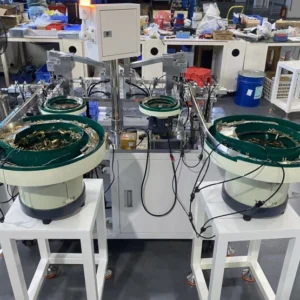
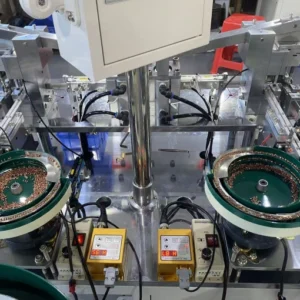

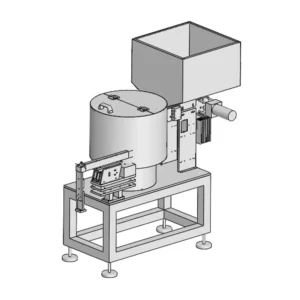
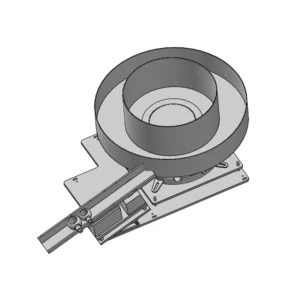

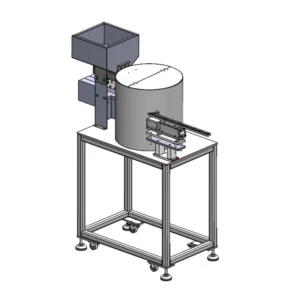
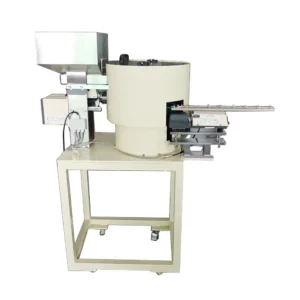

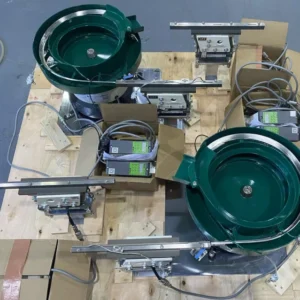
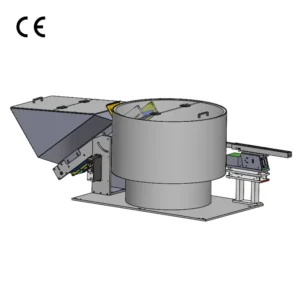

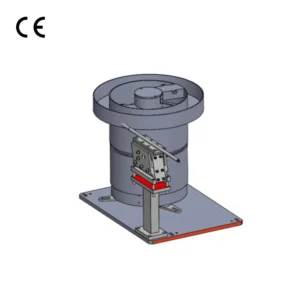
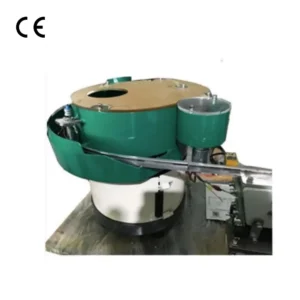
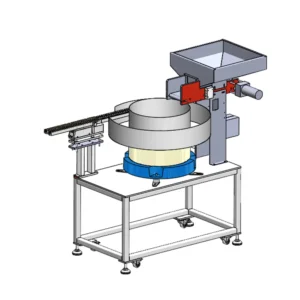



Reviews
There are no reviews yet.